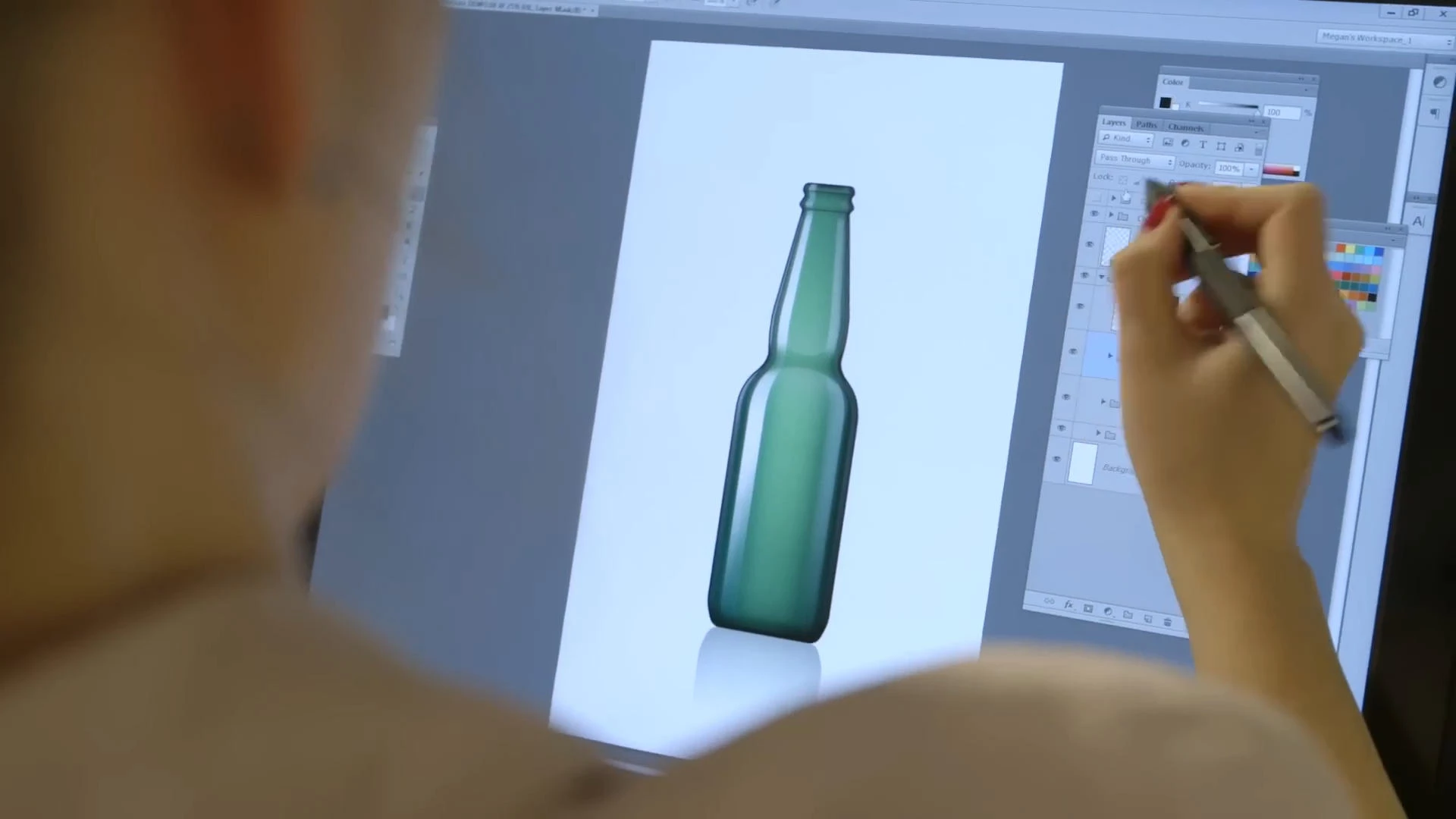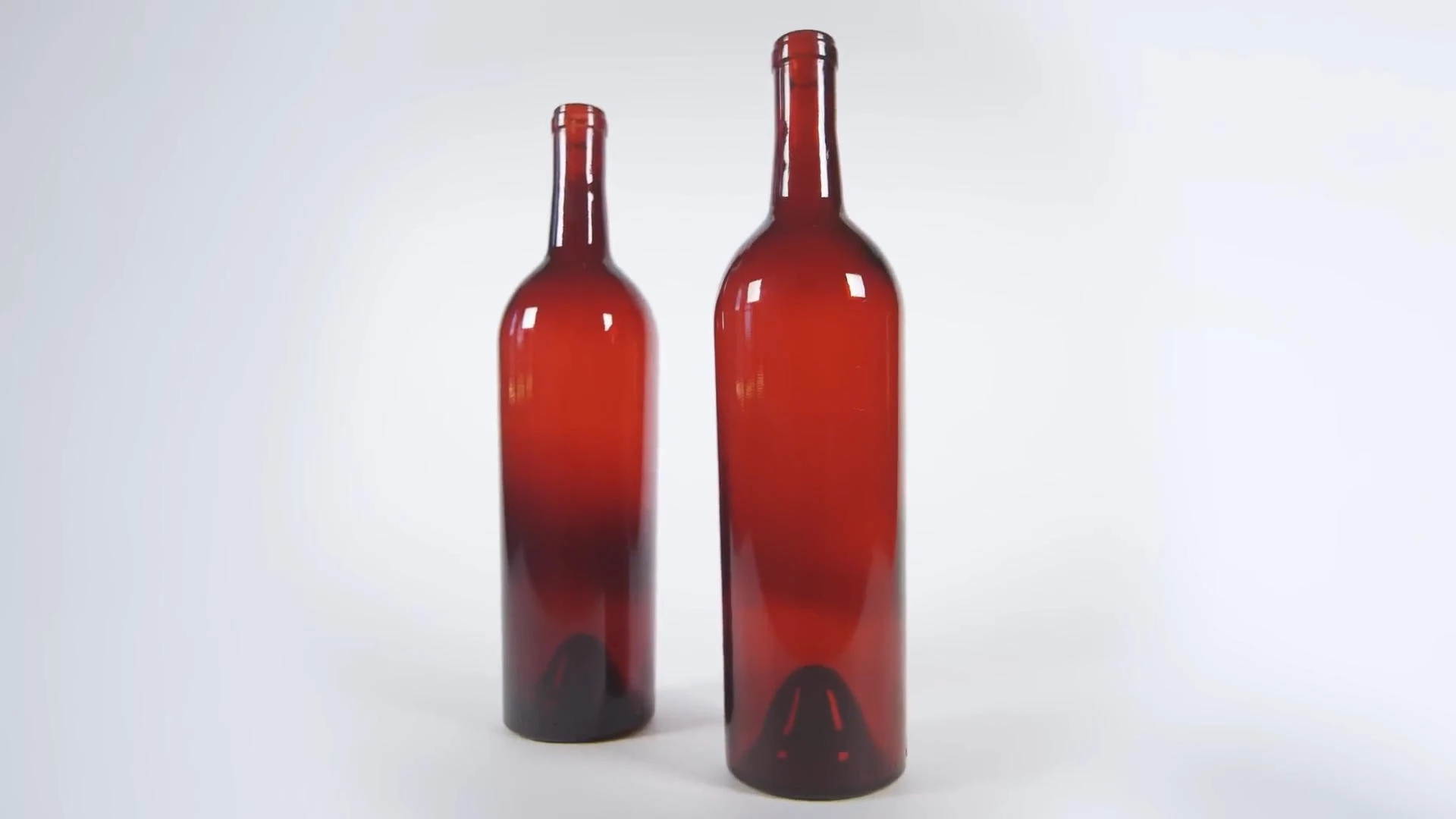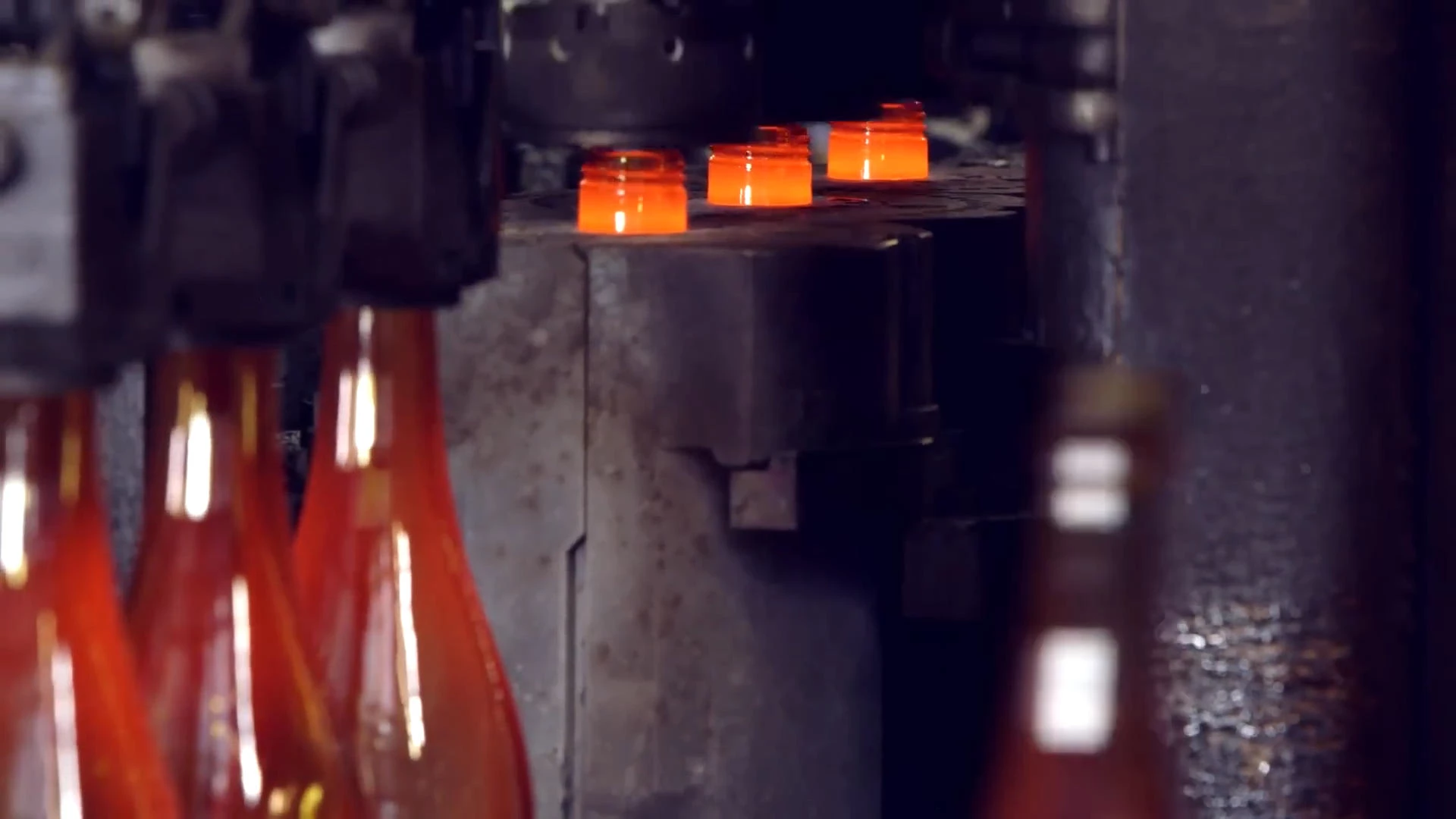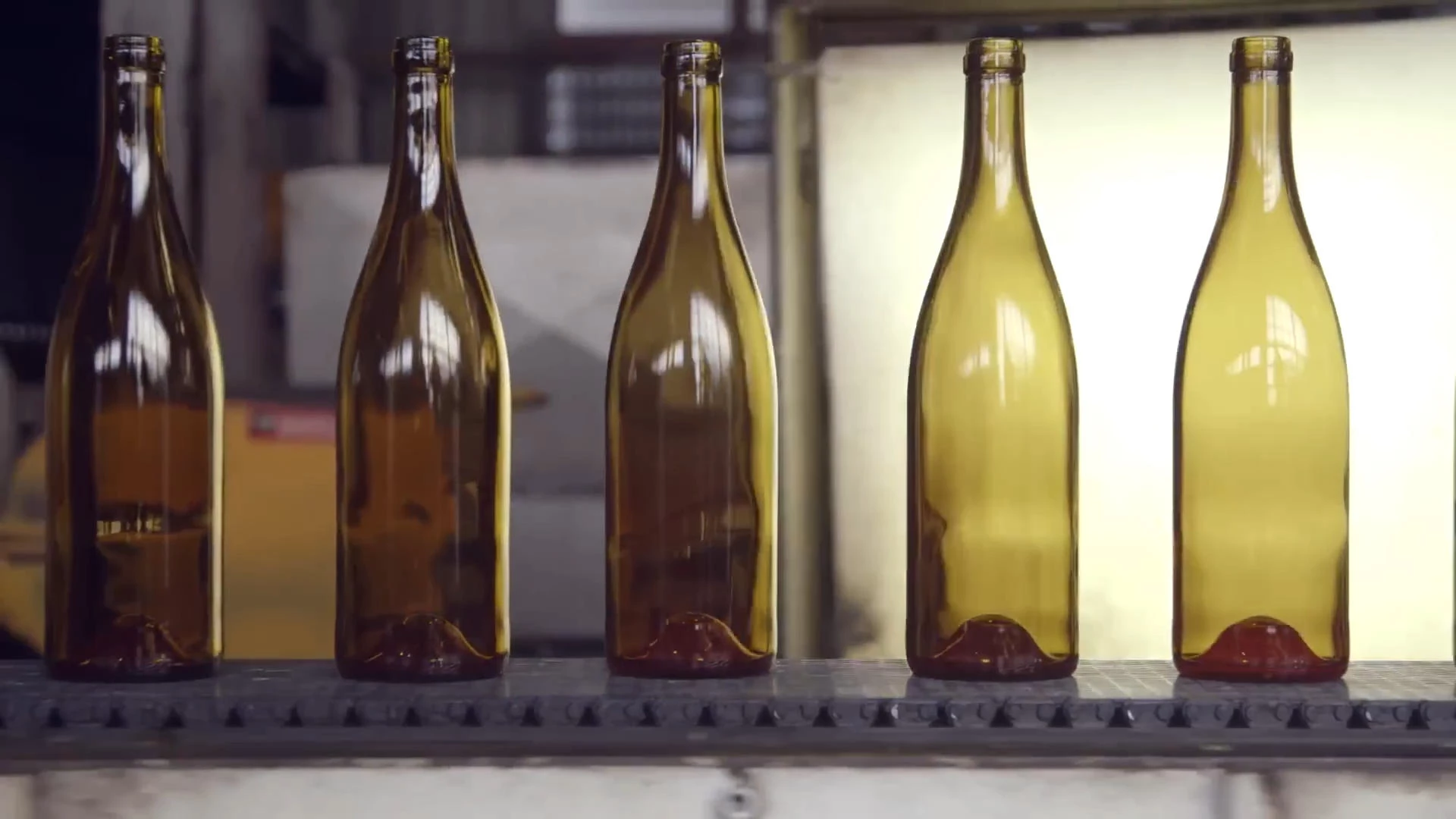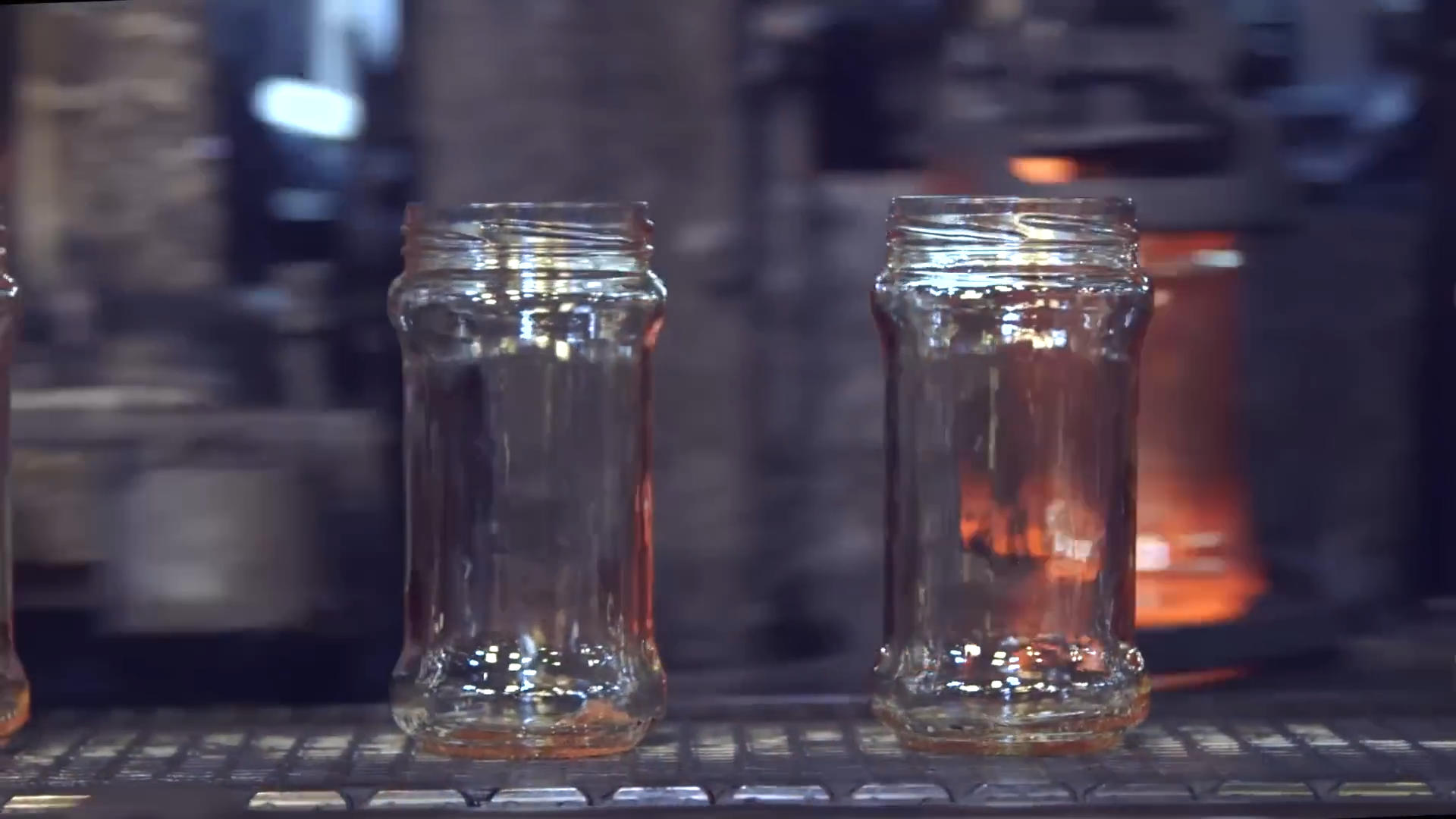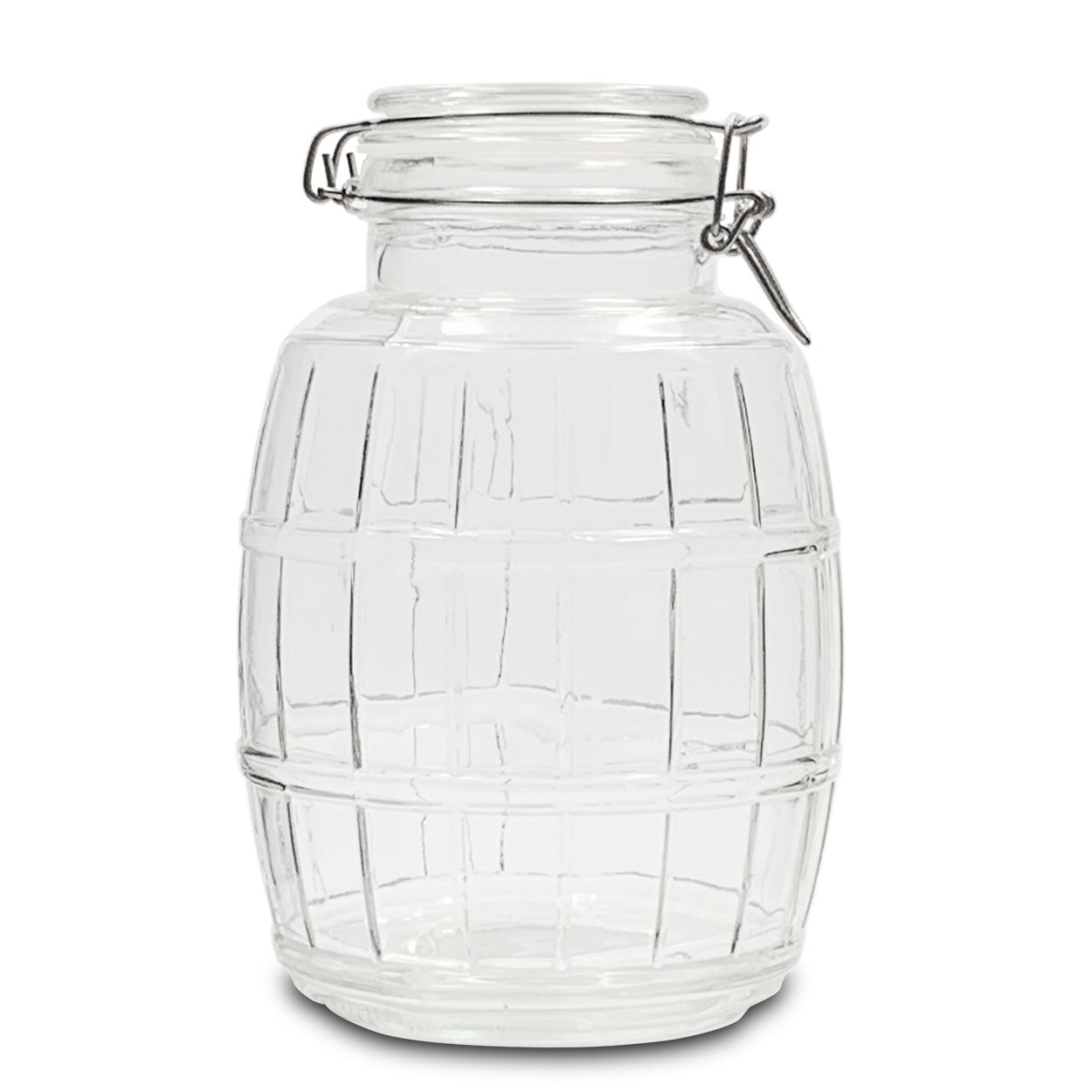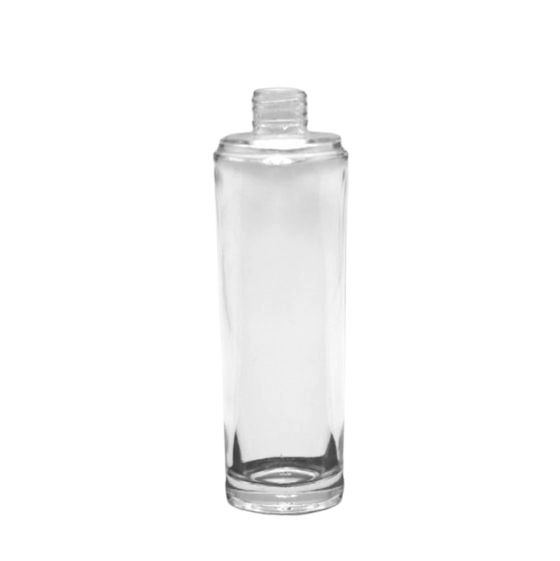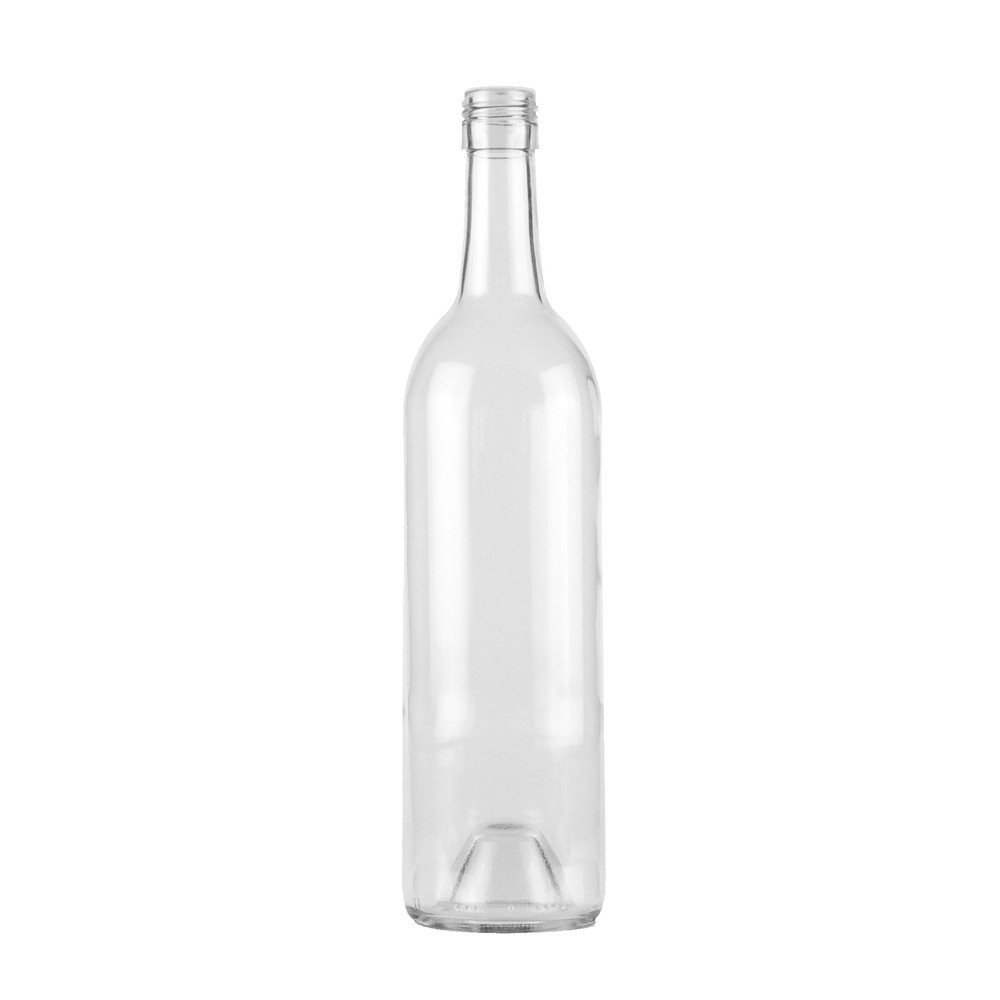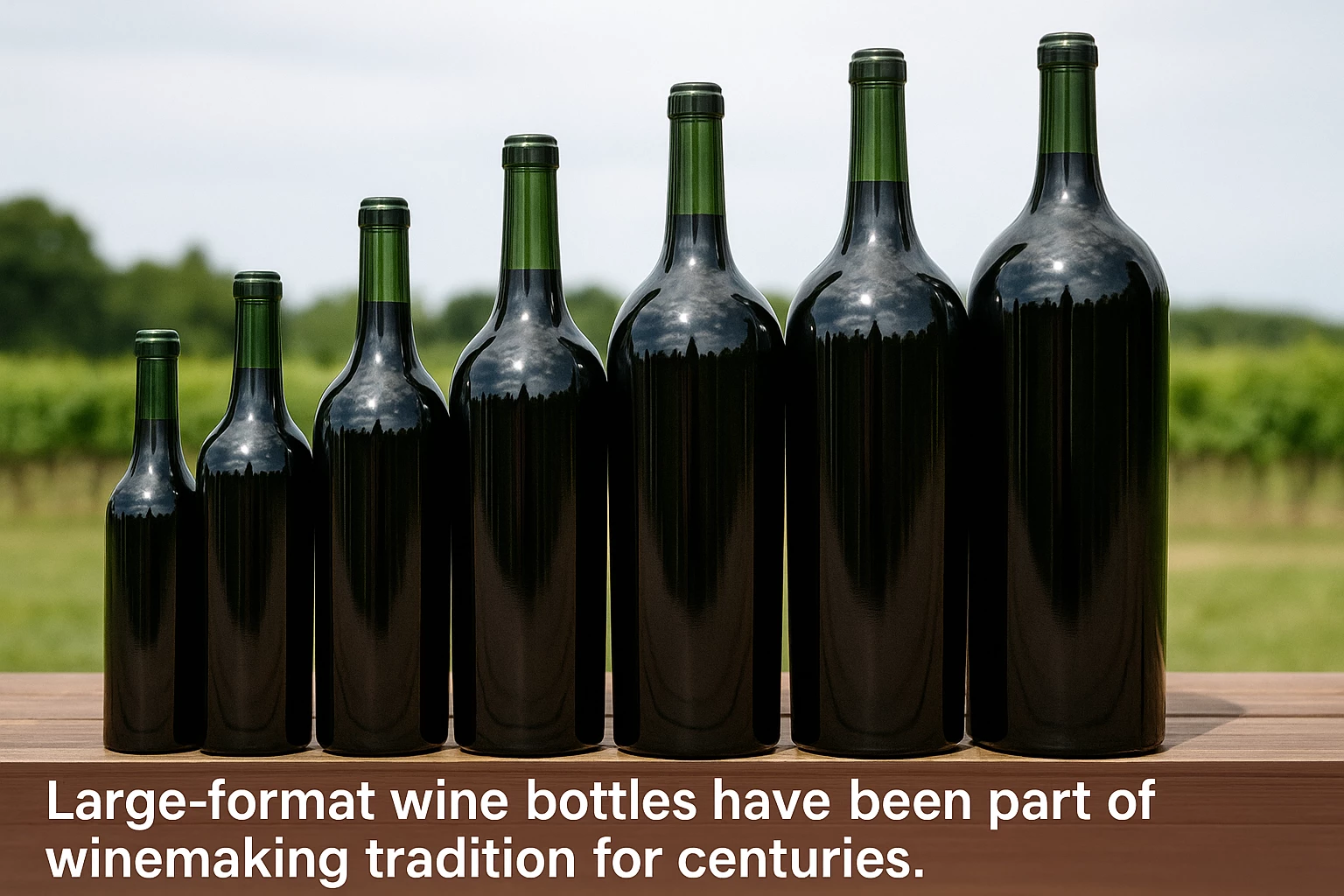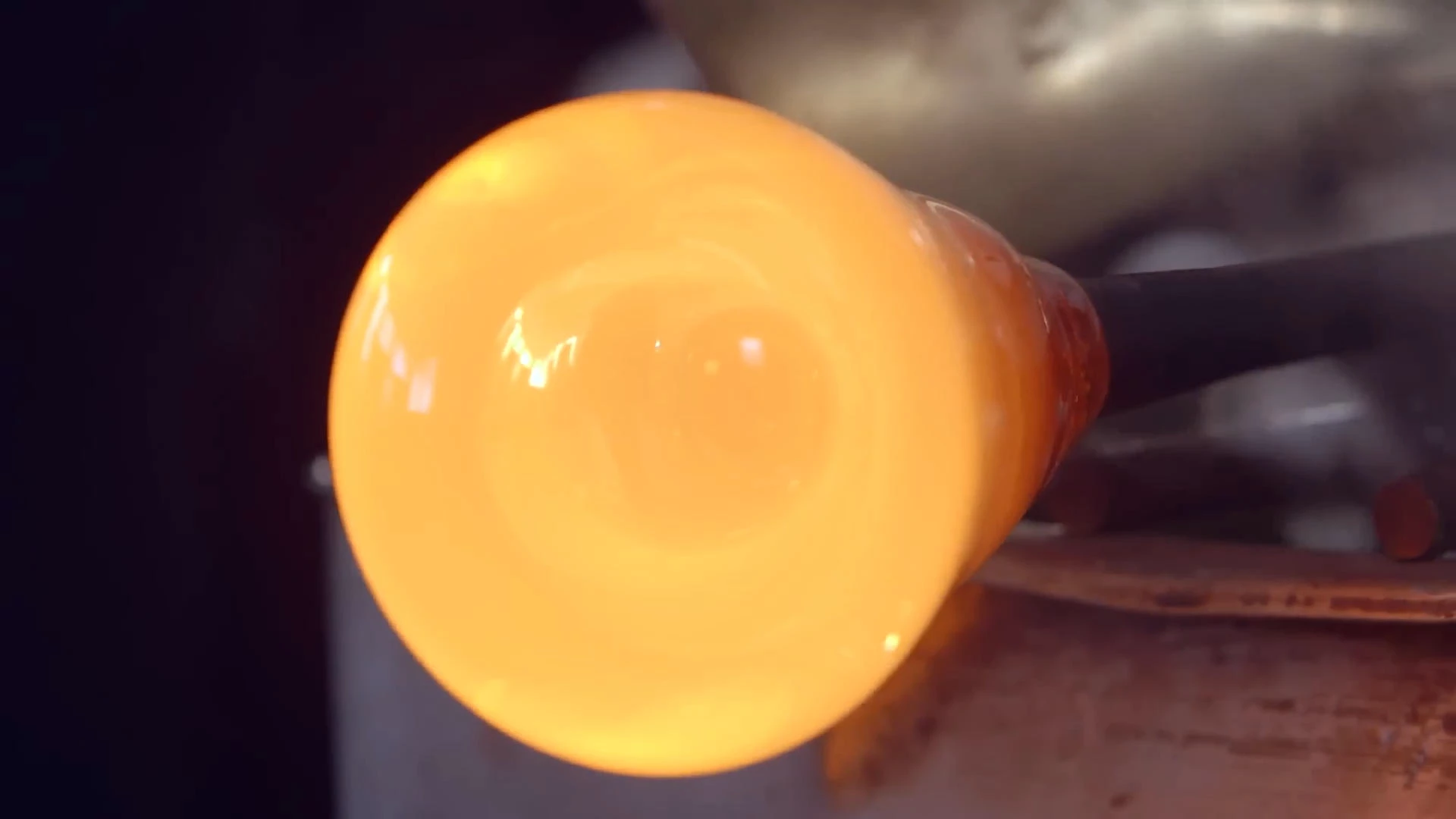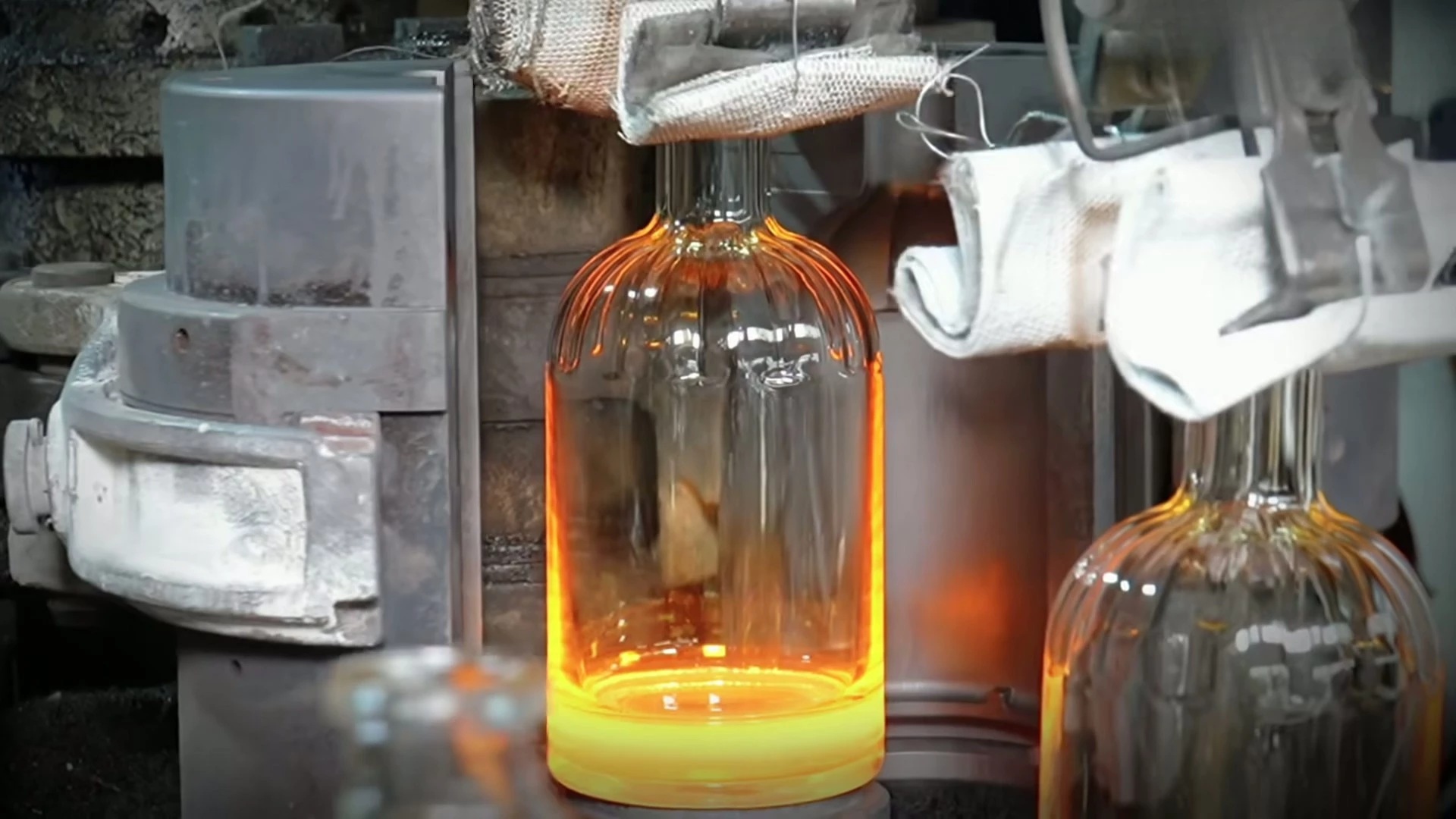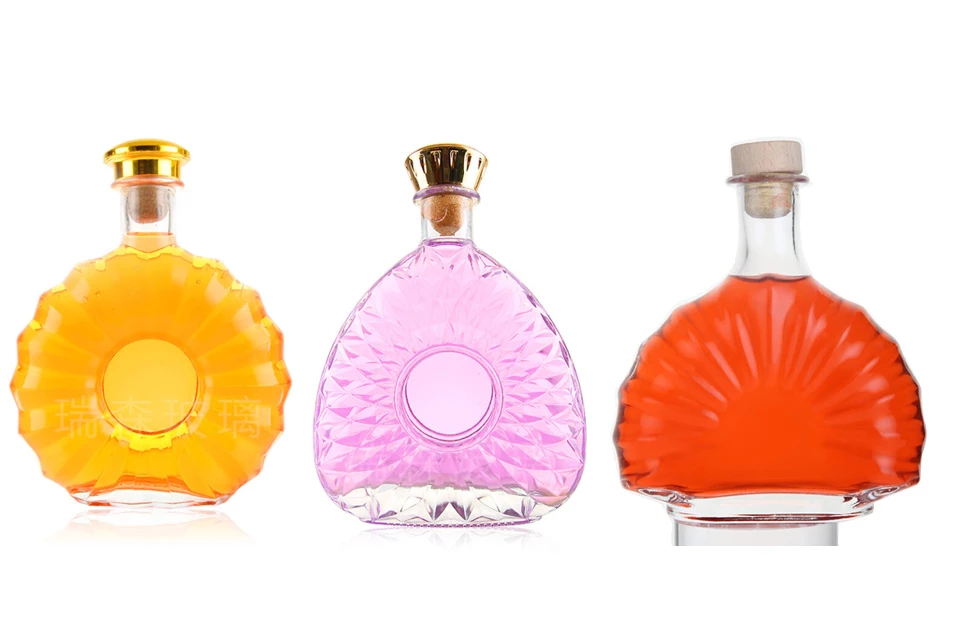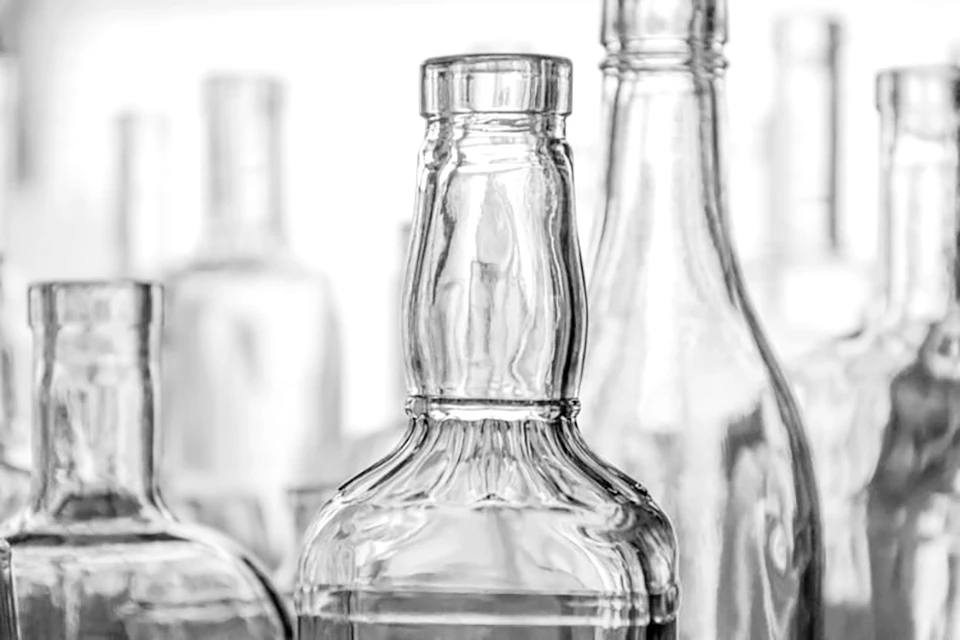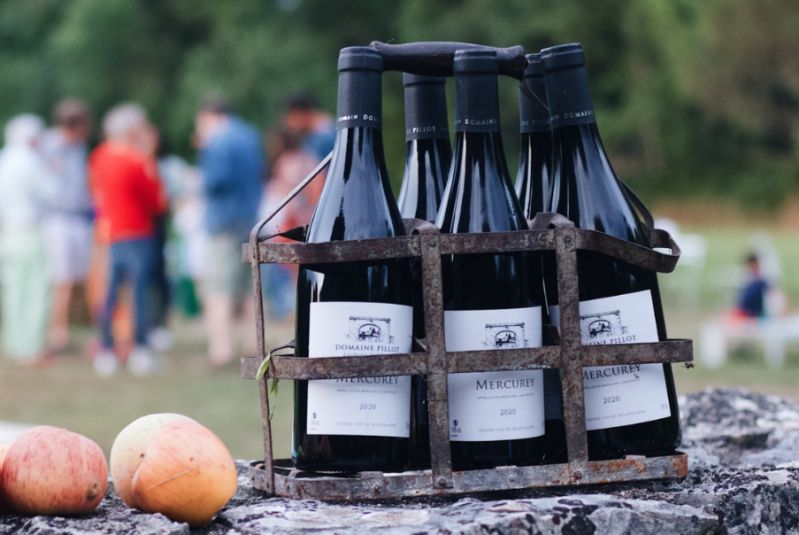If your objective is to turn a bottle concept into dependable, saleable Custom Glass bottles fast, this guide lists twelve suppliers you should contact and the exact checks to make. No fluff: the first priority is picking partners who can deliver matched design, tested closures, and repeatable decoration. Read on to learn who handles tooling, decoration, testing and export — and what to demand before you sign a purchase order.
Companies that produce Custom Glass bottles differ in what they control. Some run everything in-house — molds, forming, annealing and decoration. Others outsource finishing or depend on local partners for export packing. Those choices determine lead time, cost predictability, and quality risk. The wrong supplier choice shows up as late molds, closure leaks, or inconsistent prints; those are avoidable if you ask the right technical questions early.
How to use this guide
Shortlist three suppliers from this list, request identical specs, and order prototypes from each. Test each prototype on the same filling line and with the intended closure. That makes comparisons technical, not theoretical. Under each company I note core strengths and the specific items to request during quotation and sample approval.
Selection criteria (what matters)
- Tooling and mold capability — who owns the molds and how are changes handled?
- Decoration options — in-house screen printing, digital print, frosting, coating.
- Food-safe certification and material specs — lead-free, annealing profile, batch testing.
- Logistics and export experience — packing for sea freight, pallet standards, export documents.
- Sample and pre-production policy — prototype cost, pre-production run, and acceptance criteria.
Top 12 companies for Custom Glass bottles and why to contact them
1- Owens-Illinois (O-I)
O-I pairs high-volume output with engineering support for beverages. Expect CAD files, suggested neck finishes, and fill-line guidance. If you need matched bottle formats across regions, O-I can often coordinate similar specs across facilities to reduce visual differences.
Ask for: CAD and tolerance drawings, fill-line trial plan, target weight and sample showing wall profile.
2- BGB Packaging
BGB(China) combines automated lines with flexible decoration: frosting, painting, engraving and printing. They serve small brands and large exporters. When contacting them, request mold lead times, per-unit decoration cost by volume tiers, and export-ready packing photos. Also request recent export references and a run-size stability report.
Ask for: mold lead time, tiered decoration pricing, exported-pallet photos.
– Contact BGB to start your customized service3- Ardagh Group
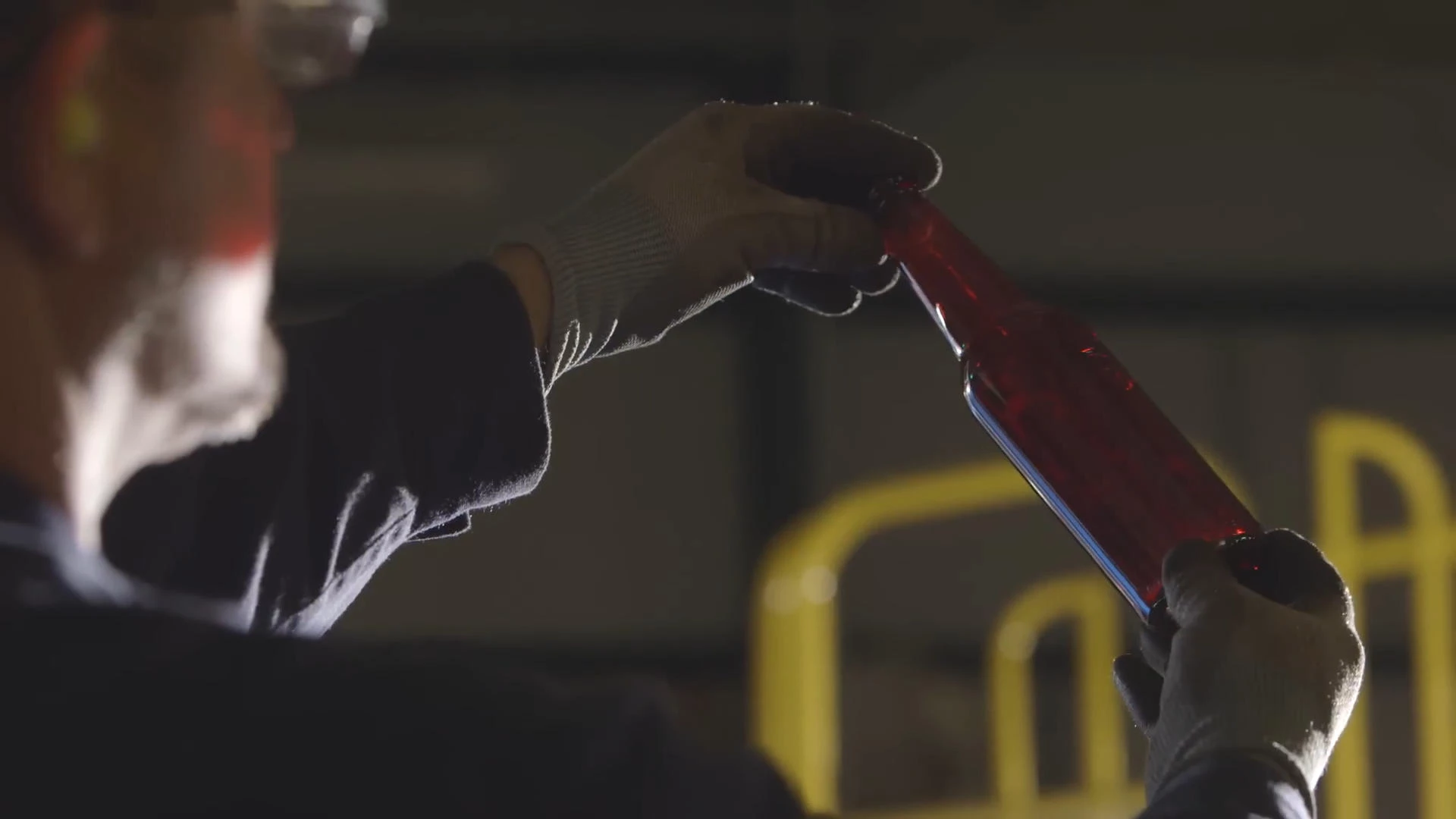
Ardagh’s network emphasizes repeatability: furnace schedules, automated inspection and consistent color across batches. Useful when you need identical bottles for parallel runs in different countries. They also advise on post-forming finishes that survive automated handling.
Ask for: pilot run sample with artwork, print registration tolerances, cross-plant matching commitments.
4- Verallia
Verallia serves beverage and food clients needing practical design and measured recycled-content claims. Their innovation centers test surface treatments so color and clarity remain stable between reorders.
Ask for: color tolerance reports, reject-rate statistics, documented recycled-content level.
5- Saverglass
Saverglass focuses on bottles that sell by presentation: thick walls, special neck finishes and stable surface coatings. They provide coating thickness data and closure-performance testing — useful for spirits and perfume.
Ask for: decoration durability data, closure-fit sample, packing recommendations for premium shipments.
6- Stölzle Glass Group
Stölzle’s in-house decoration labs let you lock color and texture before mass production. They supply dimensional tolerance tables and validated curing cycles, which lowers cosmetic rejects for cosmetics and spirits.
Ask for: maximum print area, curing conditions, documented tolerances.
7- Vetropack
Vetropack is strong in Europe where short transit and hands-on adjustments matter. Their engineers suggest small geometry tweaks that extend mold life and reduce scrap. They also test pallet patterns to reduce freight breakage.
Ask for: packing spec, palletization pattern, transit-tested sample.
8- Vitro Packaging
Vitro handles sketches, mold making and export documentation within a single workflow. For North and Latin American launches, Vitro’s regional presence can shorten sample-to-ship cycles and ease local reorders.
Ask for: certification pack, tooling calendar, export references.
9- Şişecam

Şişecam runs large volumes across glass segments. Their scale improves unit cost for mainstream beverage lines and enables rerouting production to manage plant issues.
Ask for: annealing profile, historical breakage rates, peak-season lead-time guarantees.
10- Sunfect Packaging
Sunfect offers internal design, mold making and decoration, reducing handoffs and speeding revisions. Their in-house decoration handles screen printing, hot stamping and specialty inks. They are practical for exporters wanting a single partner for tooling, decoration and packing.
Ask for: three-stage sample plan and print adhesion tests.
11- Gerresheimer

Gerresheimer focuses on pharmaceutical and cosmetic containers where tight tolerances and cleanliness matter. They supply cleaning steps, batch-level test reports, and validated dimensional control for neck finishes. If traceability is required, their documentation package helps.
Ask for: certificate of cleanliness, inspection protocol, lot variance reports.
12- Bormioli Rocco
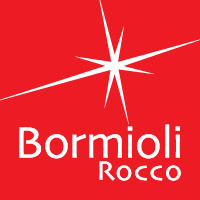
Bormioli Rocco balances design sensibility with a capable mold shop. Their jars and bottles are chosen when tactile quality and closure compatibility matter more than minimal unit price. They provide tactile finish samples and closure recommendations.
Ask for: tactile finish samples, foam-in-pack test results, list of closure partners.
Decoration, finishing
Decoration affects look and durability. Common methods and what to check:
- Screen printing — robust for bold graphics; test abrasion and solvent resistance.
- Digital direct print — flexible for short runs; validate UV stability and adhesion.
- Frosting / sandblast — matte effects needing batch matching.
- Coatings (lacquer, soft-touch) — change feel and scratch resistance; request cured-film thickness and adhesion tests.
- Hot stamping/metallic foils — high impact but sensitive to flex; test on packed pallets.
Practical testing checklist for your filling line
Before you approve a production run, perform these tests with the actual closure and process:
- Fill-line trial: run at intended speed for at least 1,000 bottles to detect handling problems.
- Torque and closure test: measure applied torque and run leak tests with product inside.
- Thermal stress: cycle bottles through expected temperature ranges for hot-fill or pasteurization.
- Drop and vibration: simulate warehouse handling and trucking vibration to verify packing.
Suggested acceptance metrics (practical and measurable)
Include a short set of values in your purchase order or acceptance protocol:
- Dimensional tolerance: neck finish ±0.25 mm, height ±1.0 mm.
- Cosmetic defects: max 3 visible defects per 1,000 units (define defect types).
- Print adhesion: pass a 3M tape test without visible peeling.
- Breakage rate: factory packing <1% (define test method and sample size).
Common failure modes — and how suppliers fix them
- Printed scuffs after packing — validate curing cycle and ask for a packed-pallet abrasion test.
- Closure leaks — run closure compatibility and temperature cycling tests.
- Color variance — request color tolerance reports and keep a physical reference sample for reorders.
Sustainability and labeling
If recycled content is part of your brief, request documented cullet percentage and impurity control steps. For reuse or refill programs, ask whether the design supports repeated use and how that affects wall thickness. Note: soft-touch coatings can reduce label adhesion; always test labels with the actual adhesive.
Typical MOQs and lead-time expectations (use as negotiation anchors)
- Prototype: 1–10 units (depends on decoration).
- Mold lead time: commonly 4–10 weeks depending on complexity.
- Production MOQ: roughly 5,000–20,000 units for custom blown bottles; decorated or specialty finishes often raise MOQs.
- Decoration lead time: add 1–3 weeks for tooling or screen block preparation.
Managing multiple SKUs and reorders
If you plan several SKUs, standardize the neck finish across variants so closures and fillers remain consistent, and stagger mold orders so you can validate one SKU before committing to all designs. Keep a climate-controlled physical sample of approved color and finish as the factory reference for reorders.
How to spot red flags during quoting and sampling
Watch for these warning signs early: no CAD/tolerance data, refusal to supply physical samples, unclear tooling ownership, or weak export documentation. Any of these increases the chance of delays or extra cost.
A short RFP email you can use now
Hello [Supplier],
Attached: drawing, artwork, neck spec.
Please provide prototype cost and lead time, tooling cost and ownership terms, MOQs at 10k/50k/200k, decoration pricing by tier, packing photos, and certifications. Confirm CAD availability and your pre-production acceptance protocol.
Final practical checklist — Be sure to include this in your RFP
- CAD and neck finish spec.
- Decoration method and artwork.
- Three-stage sample plan (prototype / pre-production / production).
- Packing photos and mock pallet test.
- Tooling and prototype lead times.
- Payment milestones tied to acceptance.
Custom Glass bottles are a technical and visual choice. Put measurable acceptance criteria in writing, insist on real samples and packed-pallet photos before shipment, and test prototypes on your actual filling line. These steps reduce surprises and keep launch schedules predictable.


